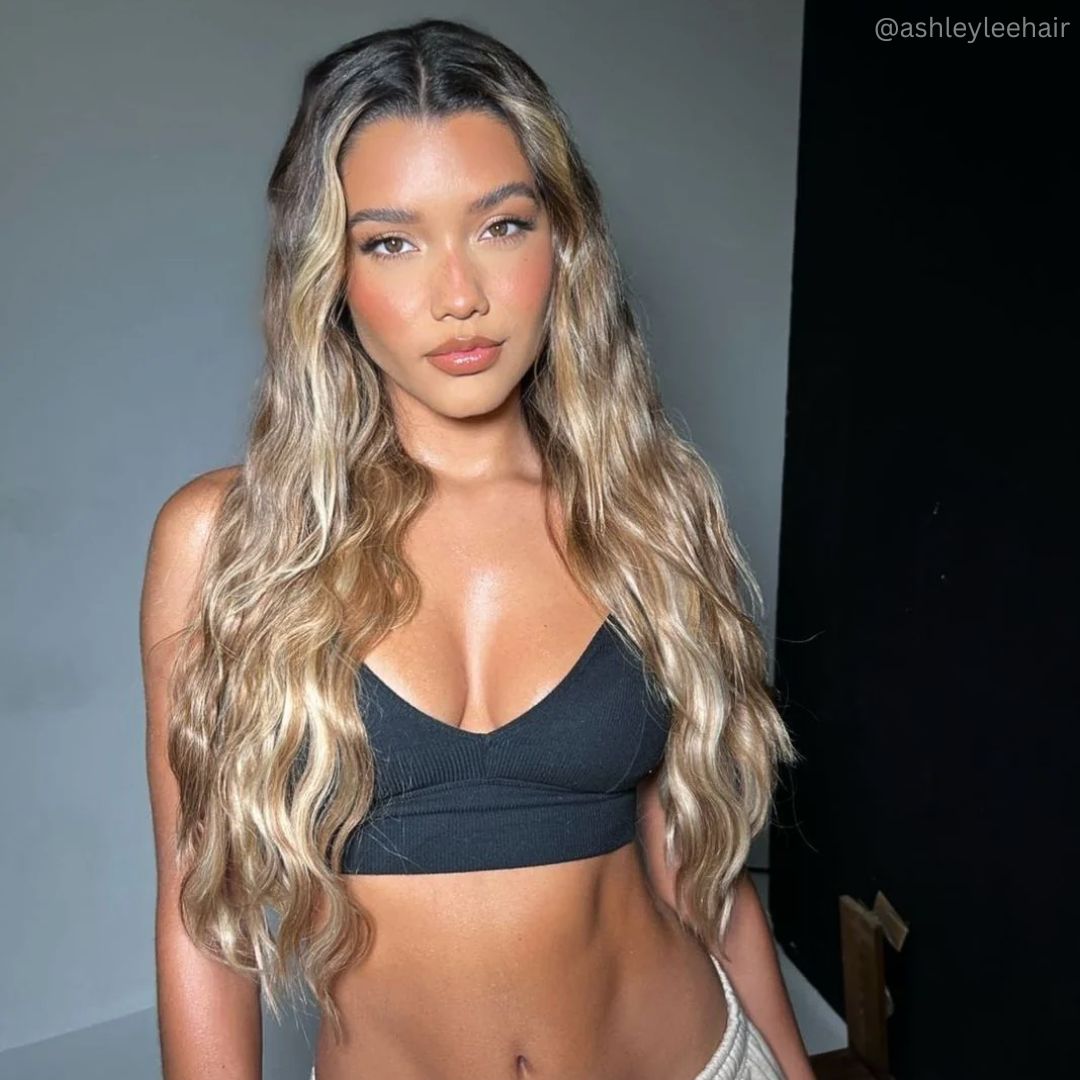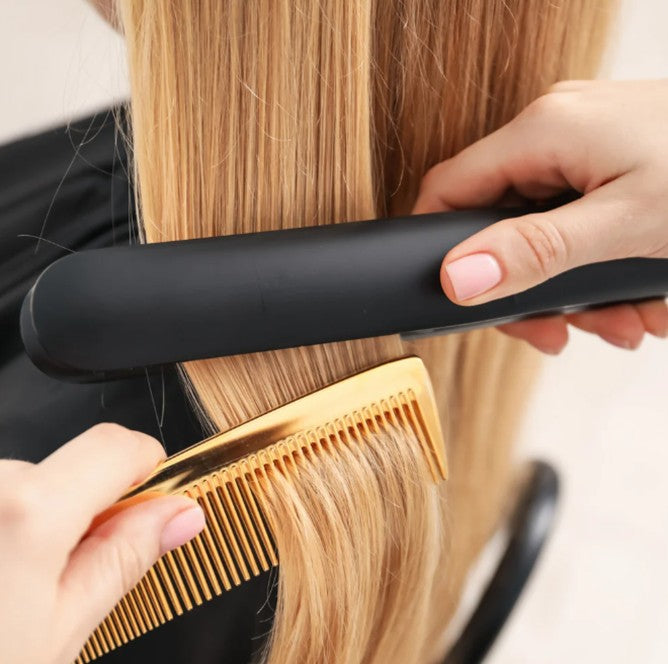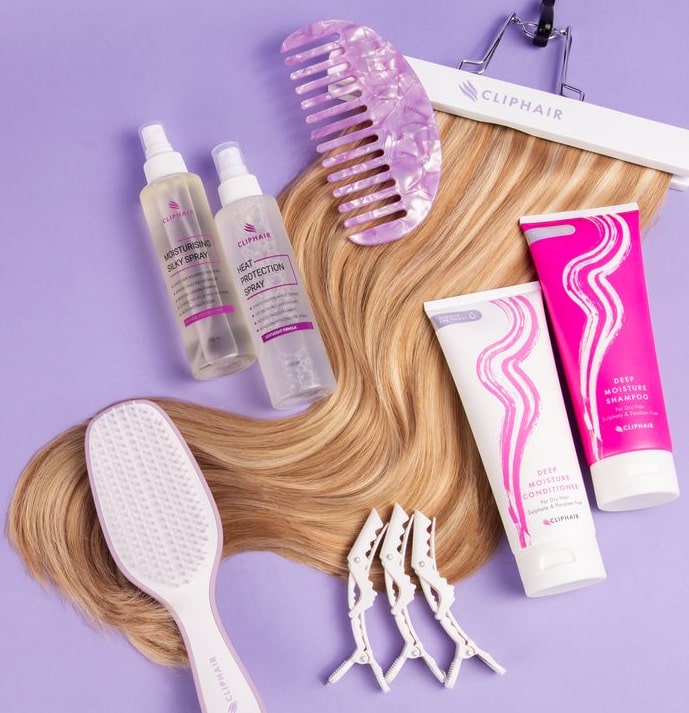How To Use Dry Shampoo: A Beginners Guide
by BRENDA L. / JUN 15, 2022

Reading Time: 4 Minutes
Index
Let’s be honest, it happened to all of us: at some point you snoozed too long after your 6AM alarm clock, or perhaps you had an unplanned night out; or, simply, you’re trying to avoid washing your hair every day - and your greasy scalp won’t give you a break. No matter what the reason is, at some point you probably thought about using dry shampoo. It looks so easy, doesn’t it? If you’re thinking about implementing dry shampoo in your hair care regimen, here’s everything you need to know about it.
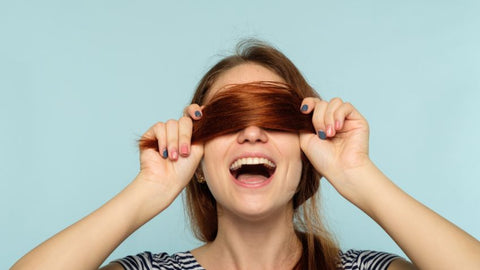
1. Does Dry Shampoo Work?
This is the million dollar question. The short answer is: yes, dry shampoo works. More in detail, you have to choose the right one for your hair type - and most importantly, you have to know how to use it properly.

2. How Do You Use Dry Shampoo?
First of all, you’ve got to select the right type of dry shampoo for your hair type, hair colour and scalp conditions. Nowadays, there’s many forms of dry shampoo that you can try, besides the classic aerosol container: tinted dry shampoo, powder dry shampoo and even dry shampoo foam are easily accessible in most of the local drug stores or online.
If you already picked the right product for you, now it’s time to learn how to apply dry shampoo and get the best results out of it.
Step 1: Shaken, Not Stirred
Unless you’re using a powder dry shampoo, always make sure you shake the bottle to get the best out of your dry shampoo. You don’t want to apply an uneven formula on your roots, ever.
Step 2: Prep Your Hair
I know I said this countless times, but I will say it again. Every time you apply anything on your roots, make sure you work through your hair in sections.
When it comes to dry shampoo, make sure you distribute the product evenly, working it in through small sections and starting from the oilier parts of your scalp. You can use a rat-tail comb to create these sections the easy way.
Step 3: Aim & Spray
A very common mistake usually made by dry shampoo first-timers is spraying it too close to your scalp. This will create that unpleasant residue on your roots that makes it obvious you haven’t washed your hair. You should always keep the aerosol bottle a whole foot away from your scalp. Also, remember not to cover your entire scalp with it, but just the oilier parts of it.
Step 4: The Waiting Game
Generally speaking, the rule is: thicker hair take longer to absorb sebum, whilst finer hair don’t need to wait that long. Although dry shampoo works pretty quickly - almost instantly! - you can get long-lasting, blowout-reviving results by letting it sit for a few minutes on your scalp before brushing.
Step 5: Clean & Repeat
If you managed to get the distance wrong at step 3 and are now left with a, chalk-white mess on your roots, you’re probably looking forward to knowing how get rid of dry shampoo residue; don’t worry, this is easily fixable - usually, all you need to do is to work out the product in excess with a boar-bristle hairbrush.

3. Is Dry Shampoo Bad For Your Hair?
This is a debatable topic. Like the majority of the things in life, the key to good results is balance. Dry shampoo won’t give you the same results as your usual shower+shampoo+conditioner routine, nor it’s meant to.
An excessive use of dry shampoo can lead to a critical build up on your scalp, which can eventually result in sebum production issues, itchy scalp, and more. If you’ve been abusing dry shampoo on your hair, you may want to undergo a detoxifying treatment before going back to using it again.

4. Can You Use Dry Shampoo On Hair Extensions?
If you recently had permanent hair extensions fitted on, you should avoid washing your hair until the beads harden properly. In these cases, it is recommended using some dry shampoo to maintain your hair looking clean and full of life.
If you’re wearing tape hair extensions, make sure you don’t spray dry shampoo directly on the adhesive panels.
5. What To Use Instead Of Dry Shampoo?
If traditional dry shampoo simply isn’t your cup of tea, there’s other ways you can try to revive your blowout without having to shower and undergo the whole styling process again.
Products such as baby powder, hand sanitiser, and even cornstarch are all valid options for an emergency sebum-soaking remedy!
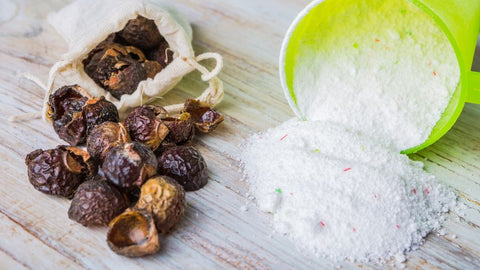
6. Conclusion:
When used properly, dry shampoo can be a real life-saver. Make sure you give your hair and scalp a break, alternate dry shampoo to product-free days and use a purifying shampoo to get rid of product build-up after a few usages.
Looking for flawless, salon-worthy hair without breaking the bank? At Cliphair, we’ve got you covered with luxurious clip in hair extensions for quick transformations and permanent hair extensions for long-lasting glam. Extensions require special care and maintenance to preserve their quality, which is why we have all the top-notch hydrating haircare products needed to keep your style on point.
Need the perfect shade? Browse our full range of human hair extensions in over 70 rich, silky shades or check out our FREE Express Color Match Service to ensure a seamless blend every time.

